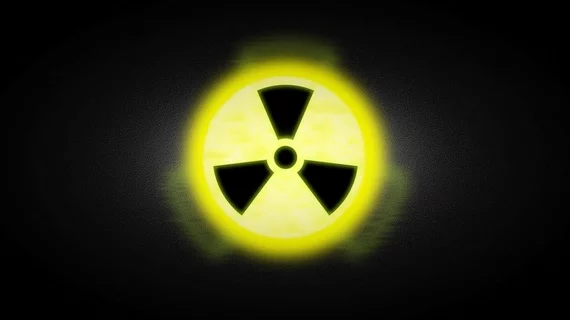An expert consensus document published May 2 in the Journal of the American College of Cardiology offers recommendations for limiting radiation exposure to both patients and medical personnel during cardiovascular imaging procedures.
“The stimulus to create this document was the recognition that ionizing radiation-based cardiovascular procedures are being performed with increasing frequency,” wrote the writing committee, chaired by John W. Hirshfeld, MD. “This leads to greater patient radiation exposure and, potentially, to greater exposure for clinical personnel. … The ACC leadership concluded that it is important to provide practitioners with an educational resource that assembles and interprets the current radiation knowledge base relevant to cardiovascular imaging procedures that employ ionizing radiation.”
The document comes months after a pair of studies showed radiation caused temporary genetic damage to catheterization lab operators.
Among the recommendations highlighted by the writing committee:
- The risk of radiation-caused cancer is cumulative and typically takes longer than five years to emerge. For this reason, young patients, especially females, and those with congenital heart disease who may require ongoing evaluation should be treated especially carefully in terms of radiation exposure.
- When possible, choose imaging modalities that can provide comparable diagnostic performance without the use of radiation.
- For x-ray CT, select the lowest dose possible that will yield quality images and limit the scan to the body region of interest.
- Upgrade equipment, even if still technically works. “A unit that is in good operating order but requires a greater than current state-of-the-art dose to generate quality images should be considered obsolete. Such a unit should be either renovated or replaced,” the authors wrote.
Follow the link below to see the full consensus document, which featured input from several professional societies:

